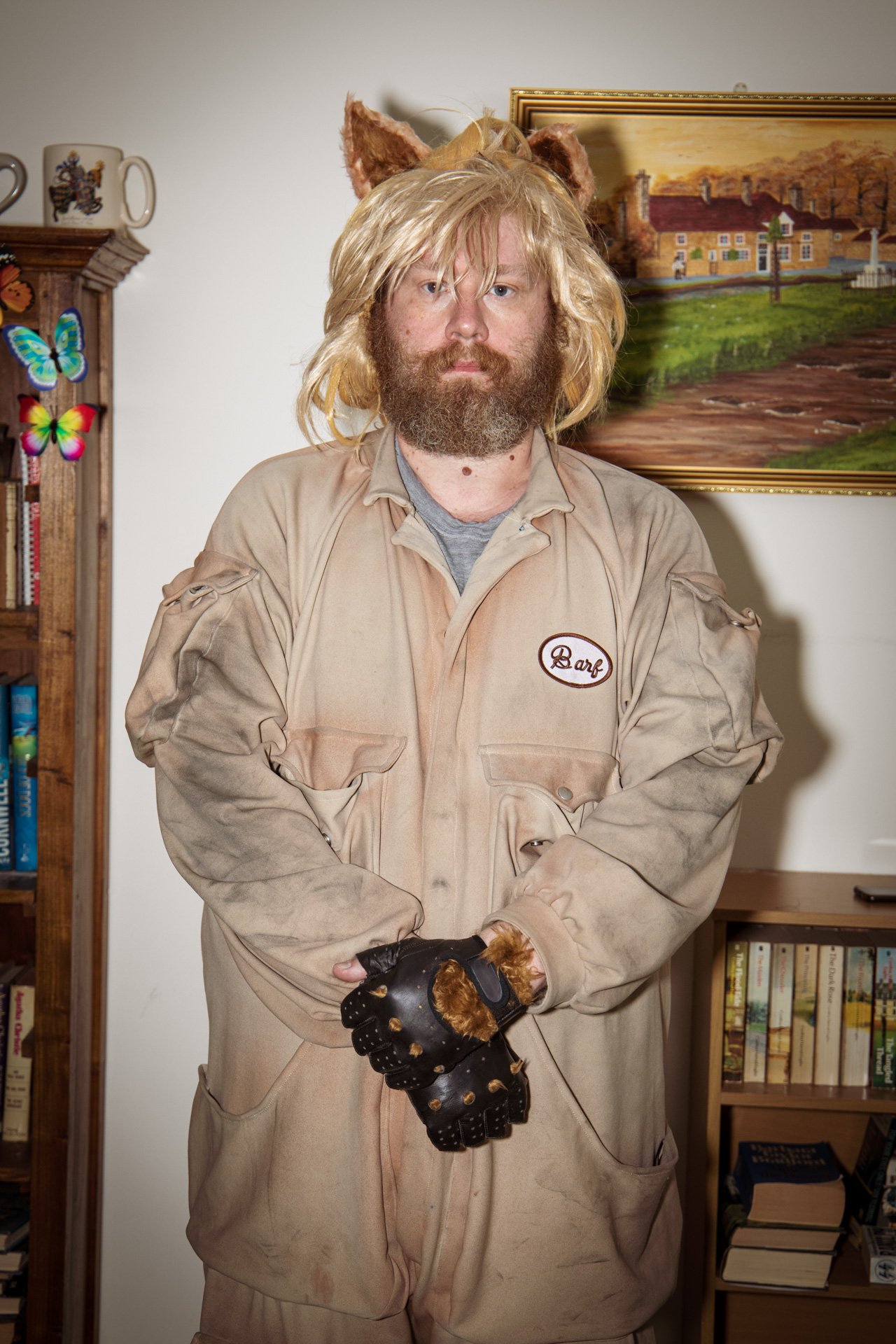Cindy Sherman, Identity, and Cosplay
In a previous blog post I talked about last year’s History assessment and how we were to reinterpret a significant working photographers, the one I didn’t mention at the time was the third subject which I’ll be talking about in this blog… Cindy Sherman.
Sherman’s work is primarily focused on identity, or in many ways obscuring/obliterating her identity, via creating costumes and setups in which she shoots herself in a variety of ways, her most famous is possibly the ‘Untitled Film Still series in which she portrays various caricatures of B-grade movies as a discussion on feminism, postmodernism, and representation.
Sherman’s later work would involve more elaborate productions involving changing her gender or manipulating her appearance digitally to remove her own identity, and in fact has received backlash from feminists due to a commissioned series from the 80s about “terrified, exposed, and hunted women”; however a photo from that series would later be sold at auction for $3.89 million to become the most expensive photograph at the time.
I found her work compelling and interesting as both a photographer and costumer, as I find that part of the fun of costuming (especially for charity) is the freedom you can often get by inhabiting a role that’s outside of your comfort zone.
You may not have guessed this but I’m a very shy and introverted person and it was through costuming that I become a slightly less very shy and introverted person, and that was mostly due to being able to hide behind the character and the costume. It would be later I would learn about concepts such as ‘masking’ and it resonated with me, I guess it’s a round about way of saying that this series is basically about that these are all costumes I wear… yeah including that one.
I should have mentioned that as a way of not simply copying Sherman’s aesthetics I opted for a static shot with simple lighting that remotely triggered by myself (which was incredibly hard whilst wearing gloves). I wanted the pose and the mannerisms to be as neutral as possible, especially given the costume and props, so that it’s more about costume on the subject and not the character itself. This isn’t about copying Sherman’s style but about her commentary directed towards costuming itself and how it ultimately acts as an identity, including the costumes we were everyday.
S








